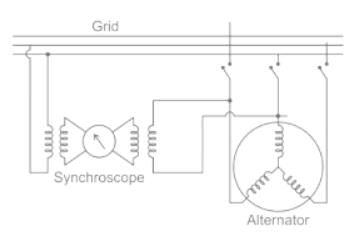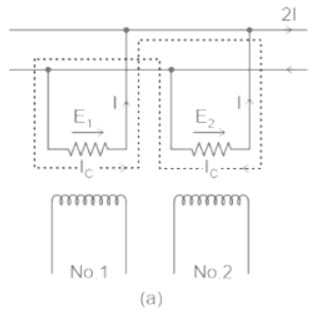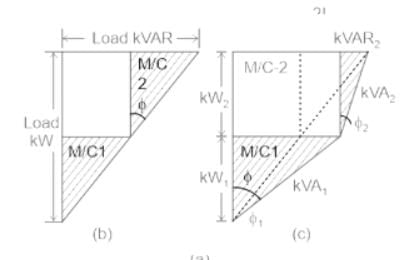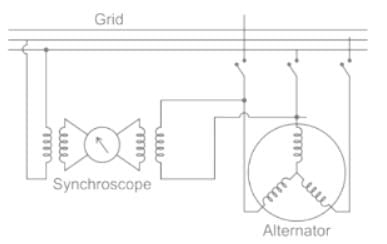Test: Parallel Operations of Alternators - Electrical Engineering (EE) MCQ
10 Questions MCQ Test - Test: Parallel Operations of Alternators
The cylindrical rotor type alternators are driven by:
Which of the following is NOT a condition to be satisfied for the synchronisation of an alternator?
Before an alternator can be connected to an infinite bus, which of the following must be the same for the alternator and the infinite bus?
The driving power from the prime-mover driving the alternator is lost but the alternator remains connected to the supply network; the field supply also remains on. The alternator will
Which of the following statements related to parallel operating alternators is correct?
An alternator of 300 kW is driven by a prime mover of speed regulation of 4% and another alternator of 200 kW is driven by a prime mover of speed regulation of 3%, when operating in parallel, the total load they can take without any of them being overloaded is -
A change in the excitation of an alternator running in parallel with another alternator:
Two identical synchronous machines A and B running at same speed are connected to each other through an inductor. Machine A is supplying an active power to Machine B and Machine B is supplying reactive power to Machine A, then which among the following is correct?
Synchroscope is used to check _________.





















